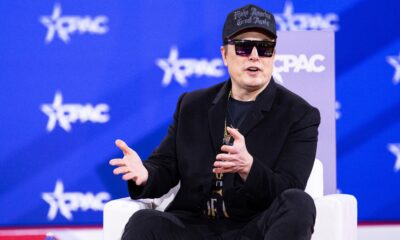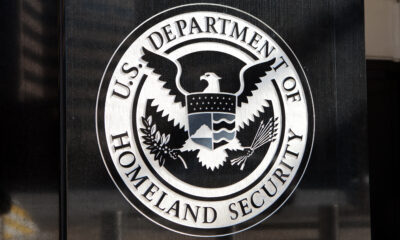Biden’s $8.2 Billion Bet On Passenger Rail Revival

Joe Biden’s trip to the western U.S. this week to boost his administration’s proposal to spend $8.2 billion of taxpayer money on passenger rail projects across the United States has sparked skepticism and ridicule. The White House’s ambitious plan aims to rejuvenate an industry that, according to many, faded into obscurity no later than the 1960s.
Biden says his vision is to transform the nation’s transportation network, making it more efficient, environmentally friendly and accessible. However, the initiative’s feasibility and potential success are being questioned by virtually everyone who will not benefit directly from the latest round of inflationary deficit spending.
Critics argue that passenger rail service — with government-operated Amtrak as the prime example — has historically been a financial sinkhole that hemorrhages red ink without end. Amtrak, in particular, has always required substantial taxpayer-funded subsidies to remain operational. A study by the Brookings Institute supports this view, indicating that even the most cost-efficient American commuter rail systems typically lose about $1 per passenger trip.
The latest proposal for funding to be paid for through borrowing and printing new money earmarks ten significant rail projects, including $3.5 billion for a new high-speed line between Las Vegas and Los Angeles. Biden claims the line is expected to serve one million passengers annually. However, even under the best ridership assumptions, serious questions linger about whether the project is feasible and how much ongoing subsidies will be needed to keep ticket prices affordable.
The administration is working to sell the public on the claimed eco-friendly aspect of the proposed projects, claiming: “New all-electric trainsets will produce zero emissions and be powered by 100% renewable energy.” The environmental angle is crucial to the administration’s pitch, positioning rail travel as a “greener” alternative to air travel or driving private vehicles.
Beyond the Nevada-California proposal, the initiative calls for enhanced infrastructure in North Carolina, the Washington, D.C. area, Chicago, Pennsylvania and other states. Additionally, new services connecting cities like Cleveland, Columbus, Cincinnati and New York City are under consideration.
Joe Biden has been a long-time advocate of rail travel. This week, he worked to show the contrast between his administration and President Trump’s during his visit to Las Vegas. “Trump just talks the talk. We walk the walk,” he boasted.
However, even the ambitious funding plan laid out by Biden would only cover part of the costs of the projects. For instance, the Las Vegas to Los Angeles route is part of a broader vision to connect major California cities with high-speed trains. That project has been ongoing since 2008 and has a cost projection of more than $100 billion. After 15 years and numerous rounds of additional public funding, the project has yet to see even a single foot of rail laid.
Biden’s Transportation Secretary Pete Buttigieg has downplayed the boondoggle of the California rail project, saying, “They are facing a lot of the challenges that come with being the very first at anything.”
























